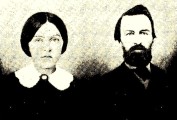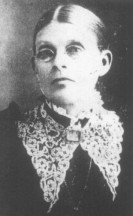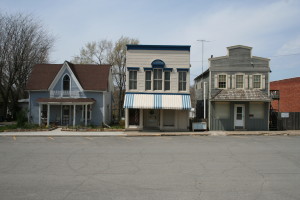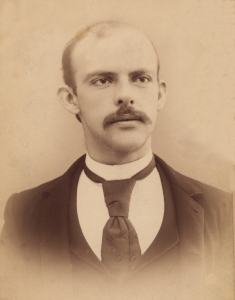CAUTION: SPOILER ALERT!
AGNES CANON’S WAR is fiction based on lots of fact. I am indebted to Lida Holmes Robinson Morrow for putting down the facts in a manuscript that came to me in the 1980s. Agnes Canon was born in Fayette County, Pennsylvania, in 1824, one of nine children (one living male), none of whom married except Agnes. She returned to Fayette County in 1868, after living alone with a toddler on the Montana homestead, and raised her son alone. She never remarried, lived to be eighty-four years old and is buried in the Lincoln-Robinson Cemetery outside Uniontown, Pennsylvania. Harrie Lee became a lawyer, changed his name to Harold, married, sired eight children (seven boys and one girl) and built a mansion in Uniontown, which is still standing.
Jabez grew up in Maine, one of twelve children. Family lore says he went to California via the Isthmus of Panama, took a degree at Transylvania University (the records show he enrolled there, but never actually received a degree) and was elected to the Montana Legislature (he was elected but never seated—that’s another story).
The Jacksons and Sam Canon’s family were real people, though there were more children than appear in the novel; many of their descendents are living today, a few in Holt County, Missouri. The cemetery in Oregon, Missouri (the Lick Creek of the novel) holds the graves of many of the characters whose stories are told here.

Elizabeth and Tom Kreek
The events that took place in northwestern Missouri and in Kansas are drawn from historical accounts of guerrilla warfare during the 1850s and 1860s. Jabez did own a newspaper, which was destroyed, did hold secessionist views, was placed under house arrest.
Though I don’t know Agnes’s and Jabez’s true views on slavery and race relations, Dick and Rose MacDonald (her name was actually Mary) were the first black couple to settle in the Bozeman area. Dick was with Jabez when he died. The fact that they must have joined the Robinsons in the move to Montana gives me hope that the two couples were truly friends.

Sarah Jackson Ramsay
The Bigelows—Reuben, Jake and the fish-eyed Willard—are fictional creations. Jabez’s participation in the aftermath of the John Brown massacre is a product of my imagination, as is his connection to Senator Atchison and Charles Robinson (both of whom are historical figures).
Oregon, Missouri, a delightful town, looks much the same as it must have in those early years, with the addition of a new courthouse and a high school. The cemetery and the library are treasure troves of local history and the rolling hills and prairie land around it give rise to all sorts of fancies about how life may have happened back then. Agnes and Jabez, my great great grandparents, lived and loved and suffered during their time there. I’ve tried to imagine how it all was—I hope I got it right.

Oregon, Missouri — the “Lick Creek” of the novel — today.
